How to Grow Herbs at Home
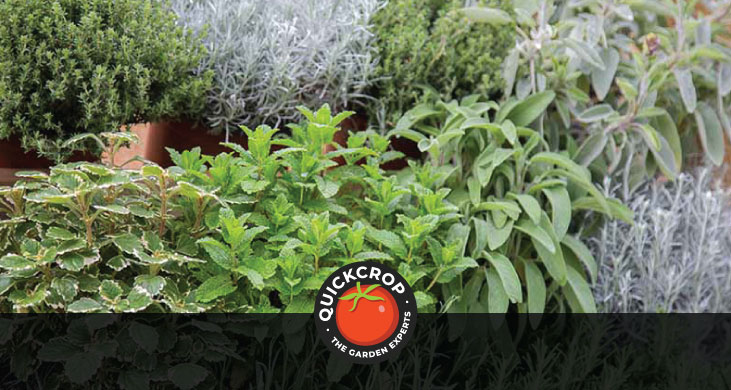
I guess it is important to say from the outset that herbs are very easy to grow. Considering what they add in flavour - and how often you will use them - they are probably the best value plants in the garden. Most herbs are well suited to growing in pots and containers, which makes them ideal for small gardens or for adding interest to a patio or deck area.
Fresh herbs can subtly transform your cooking but they can also be used for bringing fragrance to the home, making scented oils or bath salts. Also, if you've ever played the Resident Evil games you will know that they can bring your health bar status right back up if you've been ravaged by zombies. To sum up, there is an awful lot you can do with them.
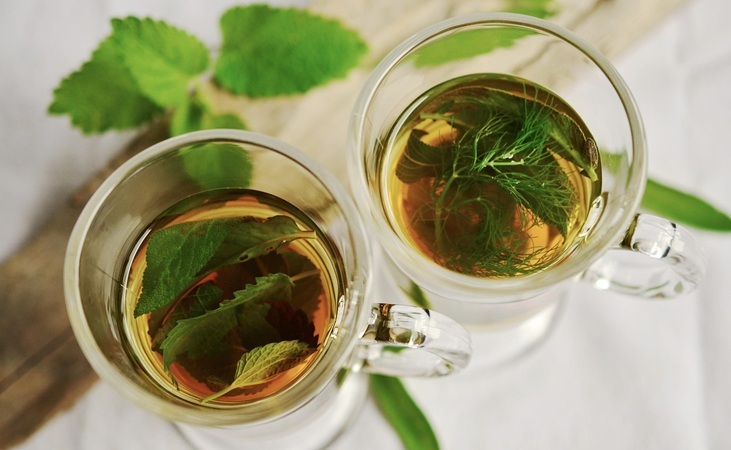
Mistakes to Avoid When Growing Herbs
The most common reasons for failure with culinary herbs are:
- insufficient light
- over watering
Remember most herbs are native to the Mediterranean, so they like it sunny and dry. If growing herbs indoors, keep them on a bright South West facing windowsill and water them sparingly. Most herb plants will do better outside with only a few - like basil or coriander - needing year round indoor cover.

Vegtrug Raised Herb Planter
View ProductBeginners Tips for Growing Herbs
- To keep herb plants lush and bushy, you should pick regularly during the growing season.
- It is important to pick off the tips of the stems rather than removing from the base as this will thicken out the plants.
- Herbs are often left unfed as they are not demanding plants, but a liquid seaweed tonic will do wonders and increase both the vigour and the flavour of your plants.
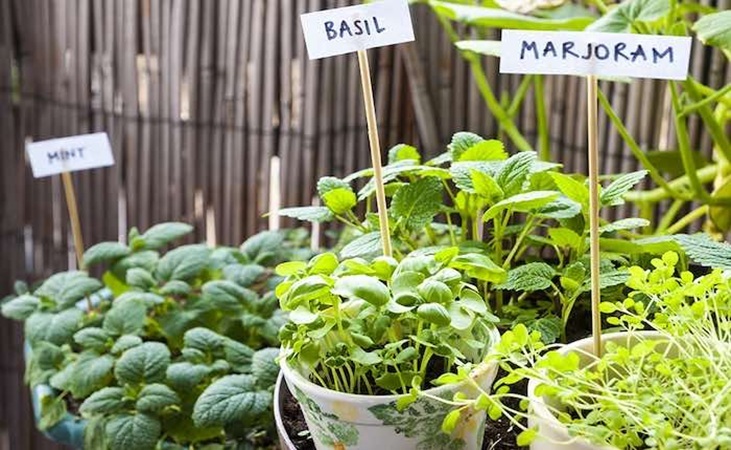
Dried Herbs vs Fresh Herbs
Herbs are intentionally 'dried' in order to increase their shelf life while preserving their flavour. While fresh, homegrown herbs are generally regarded as superior in terms of their aroma and texture, dried herbs can sometimes lend their own unique, potent quality to a dish. In most cases they have an earthier and more concentrated flavour.
What is the Difference between Soft and Woody Herbs?
The superior flavour of homegrown herbs is especially apparent in soft herbs like basil, chives and coriander. Soft herbs are best used at the end of the cooking process or as a garnish to get the best from their fresh flavours.
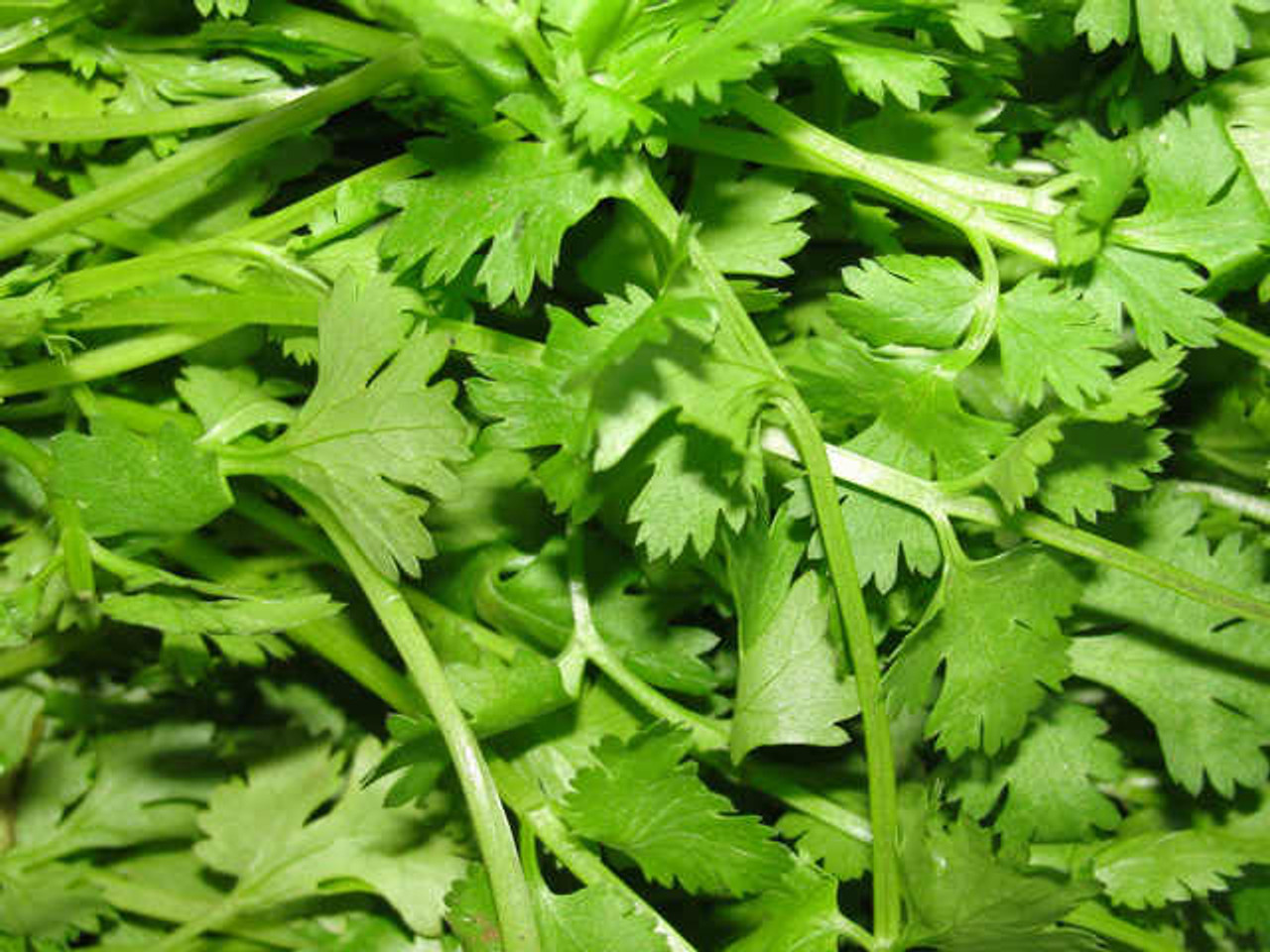
Coriander 'Cruiser'
View ProductWoody herbs like thyme, rosemary and sage produce aromatic oils that store better, but they still pack more punch when used fresh. Woody herbs are more commonly used in the early stages of cooking so their oils have time to infuse and flavour the dish.
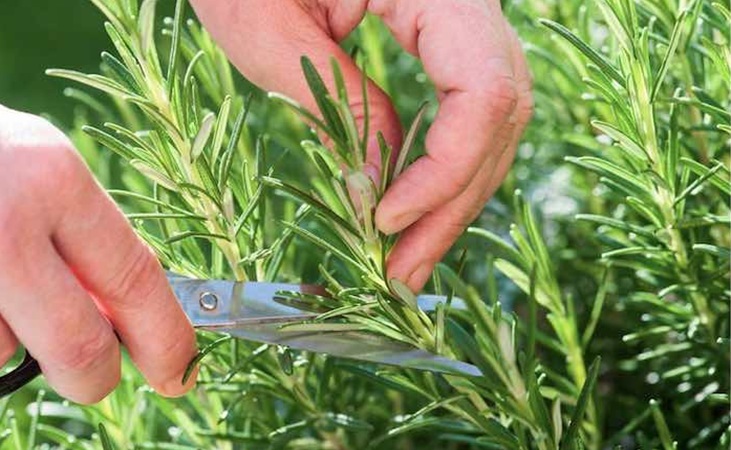
Growing Woody Herbs
All herbs can be grown from seed, but many of the woody herbs can be tricky to germinate - so buying plants is often the better option. It is also relatively easy to propagate new plants by taking cuttings from woody herbs, so once you have a plant you can use it to grow more.
Woody herbs all like the same well-drained growing conditions, so the potting mix is especially important - as is taking care not to overwater. Keeping plants well clipped will keep them bushy, with plenty of fragrant new growth. Due to their oil content woody herbs are more suitable for drying than soft herbs, as the oils retain their flavour in storage.

Vertical Herb stand
View ProductGrowing Soft Herbs
Soft herbs are easier to germinate and should grow well from seed. You also tend to use a lot more of the soft herbs at a time, so having 2 or 3 plants on the go is handy. Sowing from seed every few weeks will ensure a constant supply throughout the season.
The most common soft herbs include basil, coriander, chives, dill, mint and parsley. I find it easiest to start them in modular trays and then pot them on to larger pots at approx 4 weeks old. See further on in the article for growing tips for individual herbs.
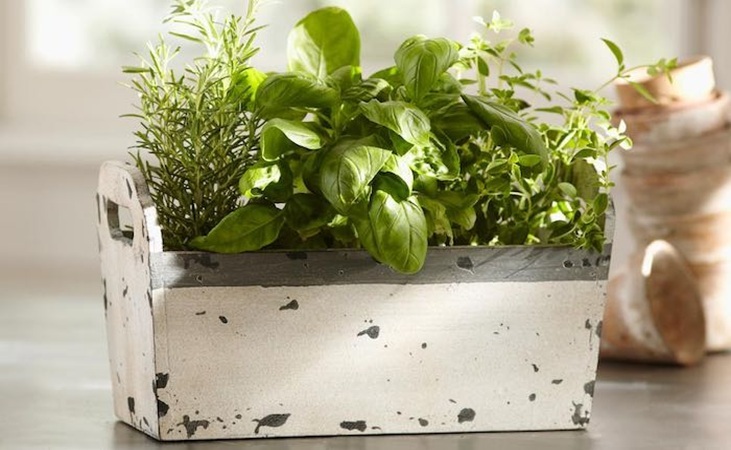
Growing Herbs in Containers
What Kind of Potting Mix Should I Use When Growing Herbs in Containers?
As we've said most herbs don't like wet conditions, so a well-drained potting mix is important. You can use a good multipurpose compost, but it is a good idea to improve drainage by mixing in coarse horticultural sand, perlite compost improver and/or vermiculite.
For a herb potting compost that makes you look like a pro, mix:
- 6 parts multipurpose compost
- 1 part perlite and
- 1 part vermiculite.
- If using a low grade compost, you can add nutrients by adding 1/2 a litre of blood fish & bone to every 30 litres of mix.

Westland Fish, Blood & Bone Meal
View ProductWhat Kind of Containers are Suitable for Growing Herbs?
With regard to pots, there are a wide range of options from standard pots to troughs and more ornate herb planters; as long as it holds soil and has drainage holes you can use practically anything. As with the compost mix, the most important consideration is drainage.
Terracotta is porous and has the advantage of draining well and keeping roots cool in summer. Of course they will also dry out quicker, so you need to keep a close eye on watering. Plastic pots are probably the most versatile and come in the widest range of shapes and colours.
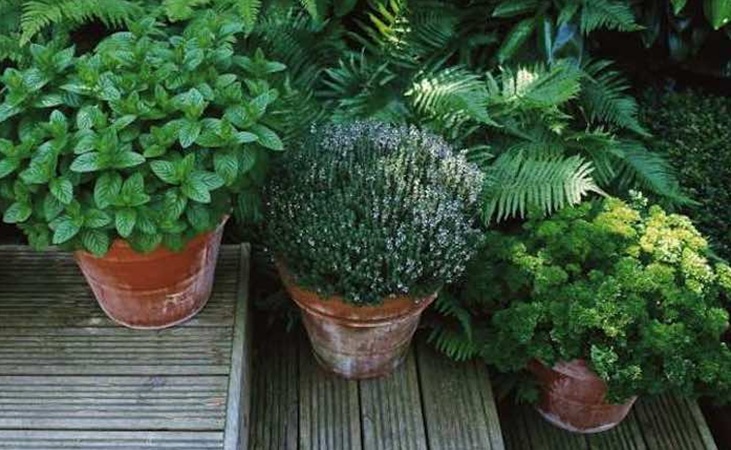
Growing herbs in metal galvanized containers has become very fashionable, but make sure you line the containers before filling. Metal containers can get hot quickly and damage roots. Lining the insides with several layers of newspaper will help protect them.
What is the Best Pot Size for Growing Herbs?
- As a rule of thumb, pots should be at least 6 inches (15cm) in diameter and 8 inches (20cm) deep.
- As regards volume, around 5 litres will be sufficient for most herbs.
- Bay or rosemary will need a bigger pot or container.
- If you are growing a number of herbs suited to the same growing conditions, it may be easier to use one large pot instead of a number of smaller ones.
- 1 or 2 large planters of mixed herbs with small pots placed in front will look a lot better than 10 or 15 individual pots!

Strawberry & Herb Planters -2 Pack
View ProductWhen growing different herbs in the same pot, avoid mixing those that like plenty of water (chives, mint, chervil and coriander) with those that prefer well-drained roots (rosemary, thyme, sage, bay and oregano).
Also don't plant very differently sized herbs in the same pot, or the large ones will out compete the smaller ones. Remember there are many different varieties of each herb - including compact varieties of large plants like rosemary - so you should always be able to find something to suit your planting plan.

Rosemary Seeds
View ProductHow to Grow Herbs Outdoors
When growing herbs outdoors, the same rules apply as with pots. It is drainage you need to watch out for here: seek out varieties that prefer free-draining soil. If you have a heavy clay soil and a damp garden, you will be better growing in raised beds for the improved drainage they provide.
Frost tender herbs won't be suitable for growing outdoors, but larger plants like dill or fennel will be better planted out than in pots. Plants like chives or borage make for pretty plants in a border, so they can be used as edible parts of an ornamental planting plan.
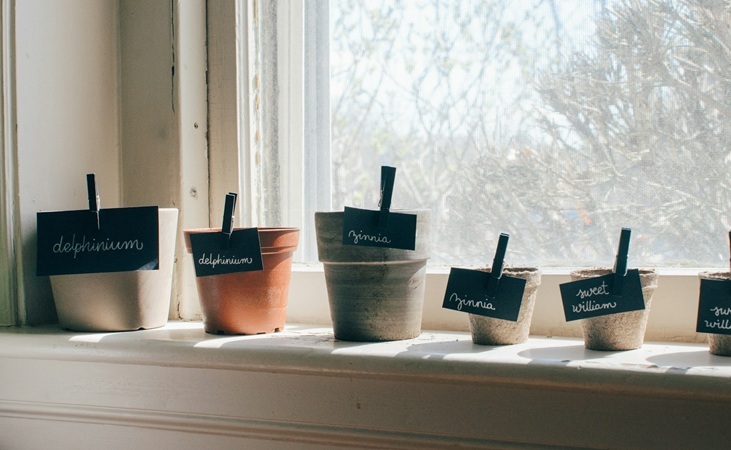
How to Grow Herbs Indoors
Not all herbs will do well indoors, but if you have a sunny windowsill there are some varieties that you can grow in closer proximity to your kitchen. A south facing windowsill is best (unless of course you have a big obstruction in that direction).
At least 5-6 hours of sunlight is recommended for good growth; if there is not enough natural light you may need to supplement with full spectrum grow lights. If so it's important to place the artificial light close to the plants, otherwise they may become elongated as they reach out in search of it.

Grow Light Garden
View ProductAny container, including repurposed household containers, will do as long as it has sufficient drainage holes. However smaller containers may require repotting depending on the herb. Deeper rooted herbs like parsley or sage require about 8 inches of depth.
Beware overwatering, which is one of the most common mistakes when growing herbs indoors. This can lead to root rot and stunted growth. The aforementioned drainage holes should help keep your growing medium from becoming too soggy.
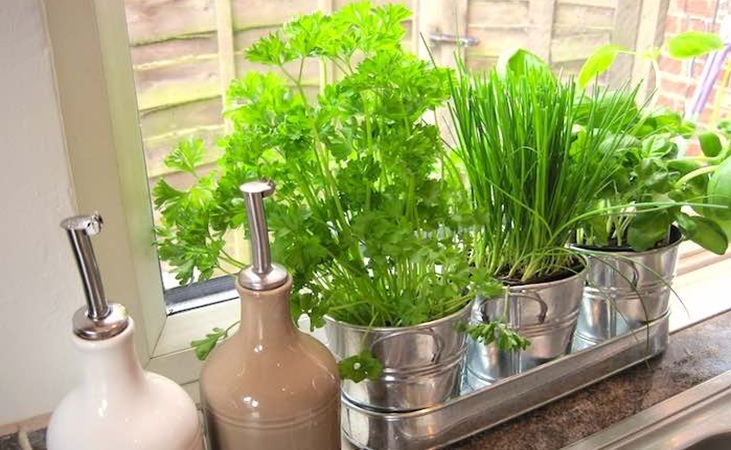
Good air circulation is also important. Harvesting your indoor herbs regularly will promote continued growth and keep everything neat, particularly if you are growing a number of herbs in the same spot.
What are the Best Herbs for Growing Indoors?
- parsley
- mint
- oregano
- chervil
- thyme
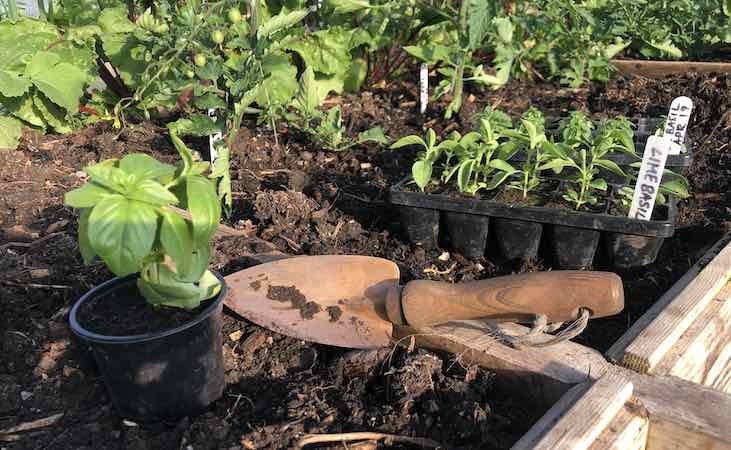
A Handy Guide to Popular Herb Varieties:
Basil does not like being harvested hard - so it is best to grow a number of plants and take a few leaves off each so as not to over stress the plant. Basil loves warmth and will grow best in a greenhouse, tunnel or sunny South West facing windowsill.
Bay is difficult to grow from cuttings or seed so is best bought in. Bay can easily be damaged by frost or cold winds, so plant in a sheltered spot or in a pot that can be moved inside come winter.
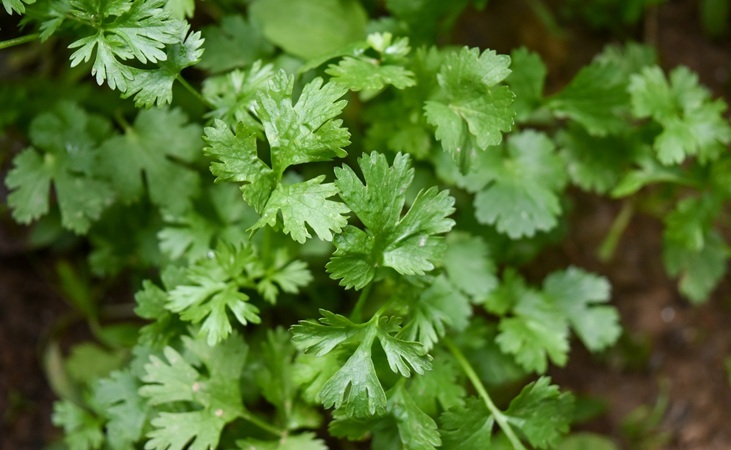
Coriander will run to seed quickly in hot weather, especially if you have chosen a variety bred for seed production. If you are growing coriander for its leaves, choose 'Leisure' or 'Calypso' as they will be slower to bolt.
Chives are vigorous and will grow almost anywhere. The purple 'puff ball' flowers are also edible and carry the characteristic onion flavour of the leaves. They look fantastic whether added whole to a salad or chopped as a garnish.

Chives, Fine Leaved
View ProductDill is a large plant (similar to fennel) so is not really suited to growing in pots. It is grown for both leaves and seeds; the aniseed flavour is more intense in the seeds.
Mint is available in a number of different types, including peppermint, spearmint, chocolate mint and apple mint. They have different growth habits - from creeping miniatures (corsican mint, creeping pennyroyal) to much larger plants (spearmint), so choose the right variety for the space that you have.

Mint
View ProductMany mint varieties grown in gardens can be invasive, so they are best confined to their own planters or pots. To keep potted mint vigorous, remove every spring and cut the root ball into quarters; then re-pot in fresh compost.
Oregano will survive winter in mild areas, but will do best in pots moved indoors - where it will continue to produce its characteristic aromatic leaves. Oregano is very easy to grow, and tastes far better fresh than the dried shop-bought version.
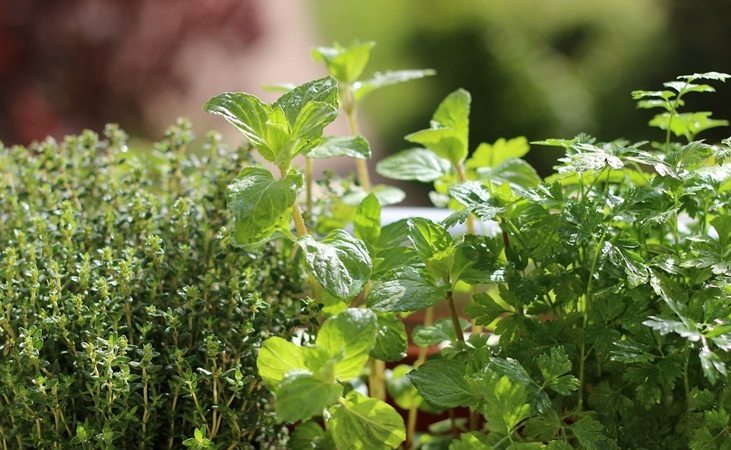
Parsley must be the most used culinary herb. The most common types are traditional 'Moss Curled' and 'Italian Flat Leaf'. Any variety however will have a long tap root, so they will need a deeper pot than you might think.
Use a pot of minimum 20cm deep for small plants, or 30cm deep if you want them to last more than a summer. Parsley also needs light to germinate: so only cover with a very fine layer of compost when sowing.
Rosemary will not like freezing temperatures, but the plants are quite hardy and usually recover from frost damage. Common rosemary is the most hardy. The dwarf or variegated varieties are more tender and should be grown in pots and moved indoors in harsh weather.

Fargro Herb Window Box (Stone)
View ProductSage grows into a large and attractive plant in a border, with grey/green leaves and attractive blue flowers. The flavour is strong and gamey; delicious in stews and particularly good with veal or pork. It takes a long time to dry but will keep for up to a year in a closed container. Note: If picking for drying, do so before the plant flowers.
Sorrel has a sour lemony taste and is great with eggs or salmon or used in a salad. Not a herb often found in the shops, so it's a good one to grow yourself! Sorrel is originally a woodland plant so it will tolerate partial shade well.

Tarragon (Winter)
View ProductTarragon is traditionally used with chicken or fish. It also makes a very nice tarragon vinegar for use in dressings - just steep in wine vinegar. French tarragon has a much stronger flavour than Russian tarragon, which is very mild.
Unfortunately you can't grow French Tarragon from seed, so you will need to buy plants or take a cutting from an existing plant. Cuttings are best taken in the spring.
Thyme has many varieties, with common thyme having the strongest flavour. Lemon thyme has a bright citrus flavour, while caraway thyme has a fragrant pine/caraway aroma. All are compact habit plants so very well suited to pots.
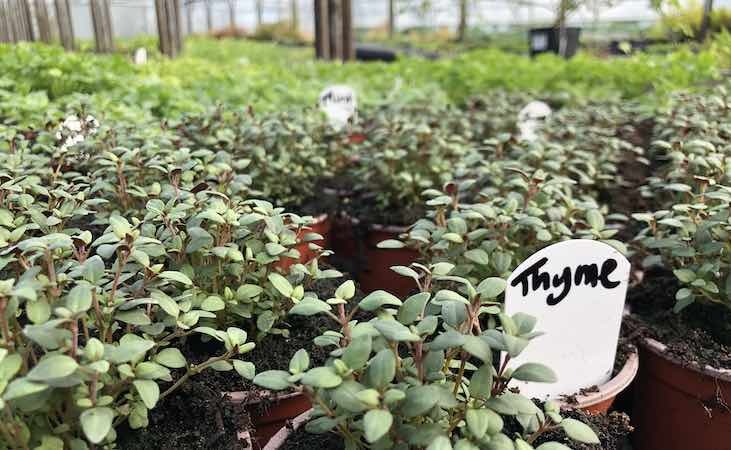
There are many more!
I have included the most popular herbs above but there are plenty more to choose from if you get interested in these versatile plants. We stock an increasing range of herb varieties, and will always be happy to help if you are looking for something in particular.
